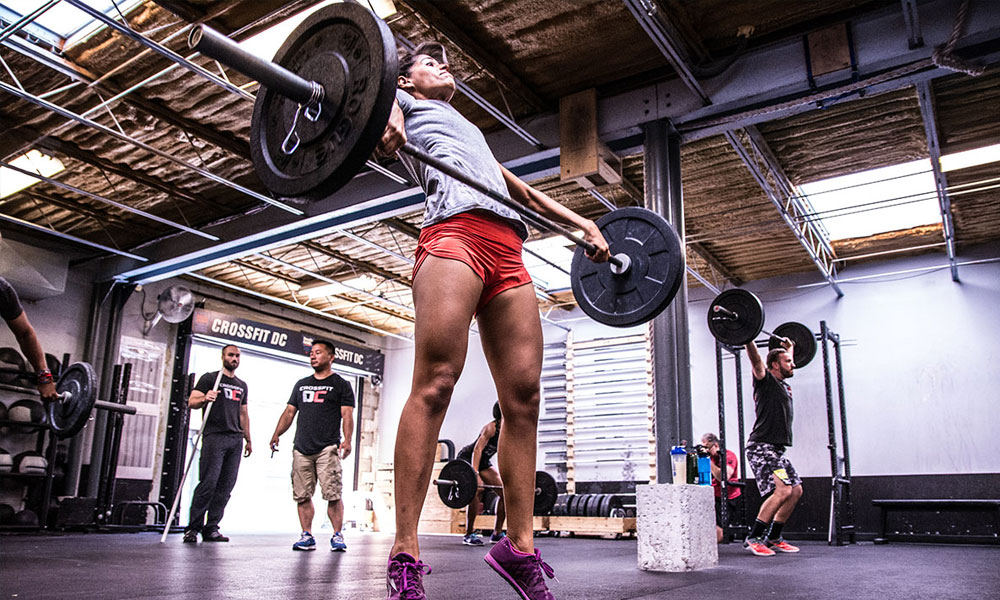High Intensity Interval Training, or HIIT, is one of the hottest trends in the fitness world. HIIT is thought to be a superior form of interval training, the traditional exercise strategy which involves alternating periods of intense physical activity.
HIIT is thought to be one of the best ways to improve athletic ability and physical conditioning. It may also have a powerful effect on fat burning and glucose metabolism.
But does High Intensity Interval Training actually have any science behind it? Is it really an effective type of exercise anyone can use to maximize the time spend at the gym? Today, I’m going to explain the pros, cons, and unique advantages of High Intensity Interval Training.
How Does High Intensity Interval Training Work?
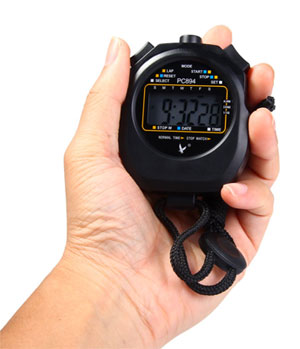 During High Intensity Interval Training, you typically start with a brief warmup period of exercise. Next, you do three to ten repetitions of maximum (or near maximum) intensity exercises. You separate each high intensity rep with a medium intensity (50% intensity) rep.
During High Intensity Interval Training, you typically start with a brief warmup period of exercise. Next, you do three to ten repetitions of maximum (or near maximum) intensity exercises. You separate each high intensity rep with a medium intensity (50% intensity) rep.
The number of repetitions and time spent per session depends on the exercise.
The goal here is to push your body into the “anaerobic zone”, which is where the heart feels like it’s trying to beat out of your chest and you feel like you can’t go much further. Entering this zone – and then letting your body repair afterward – is the key to a successful HIIT workout.
Anaerobic, by the way, literally means “without oxygen”. When we’re in the anaerobic zone, our bodies do some pretty neat things. For the first 10 to 15 seconds, the body uses up our phosphate pool. After that, it turns to the glycolysis and lactic acid for support. Lactic acid is the painful stuff that builds up in your limbs when you’re pushing your body to the max.
Good HIIT should push your body to the lactic acid point, but not too far into it. That’s why sprinting periods are often 10 to 20 seconds in length.
 Despite what some people think, there’s no strict formula for HIIT. Instead, different people will perform different exercises based on their fitness goals and current capabilities.
Despite what some people think, there’s no strict formula for HIIT. Instead, different people will perform different exercises based on their fitness goals and current capabilities.
If you absolutely must have a formula, however, then some people use a 2:1 ratio of work to recovery periods. For example, for every 60 seconds of sprinting, you’ll walk or jog for 30 seconds.
It can be difficult to keep track of time while you’re exercising. That’s why many HIIT practitioners wear a watch or keep track of their time using the treadmill.
HIIT sessions can also last for as long or short as you want them to last. Typically, sessions range between 20 to 30 minutes – including warmup and cooldown times.
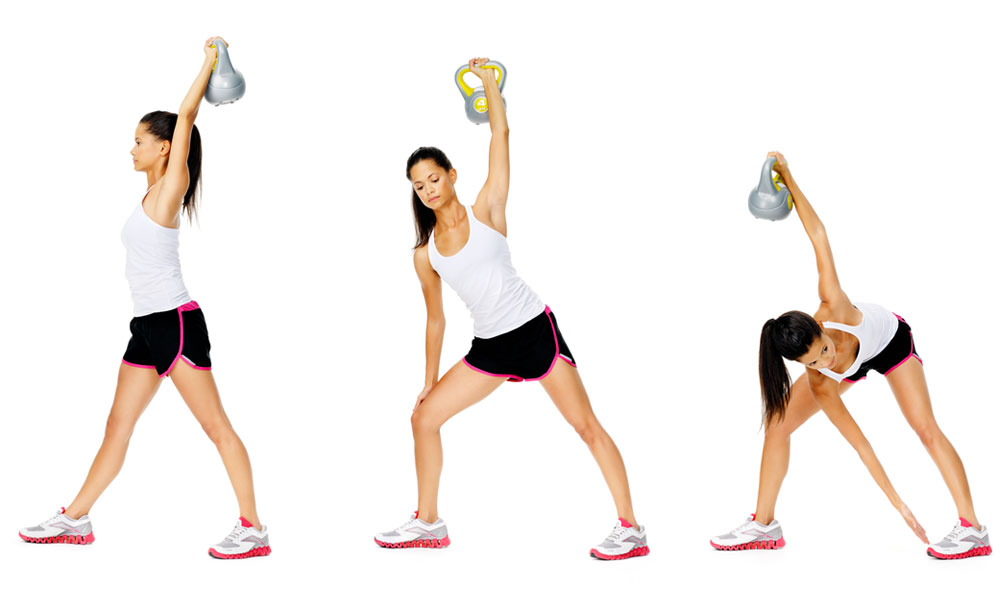 There Are Multiple HIIT Routines With Different Exercises
There Are Multiple HIIT Routines With Different Exercises
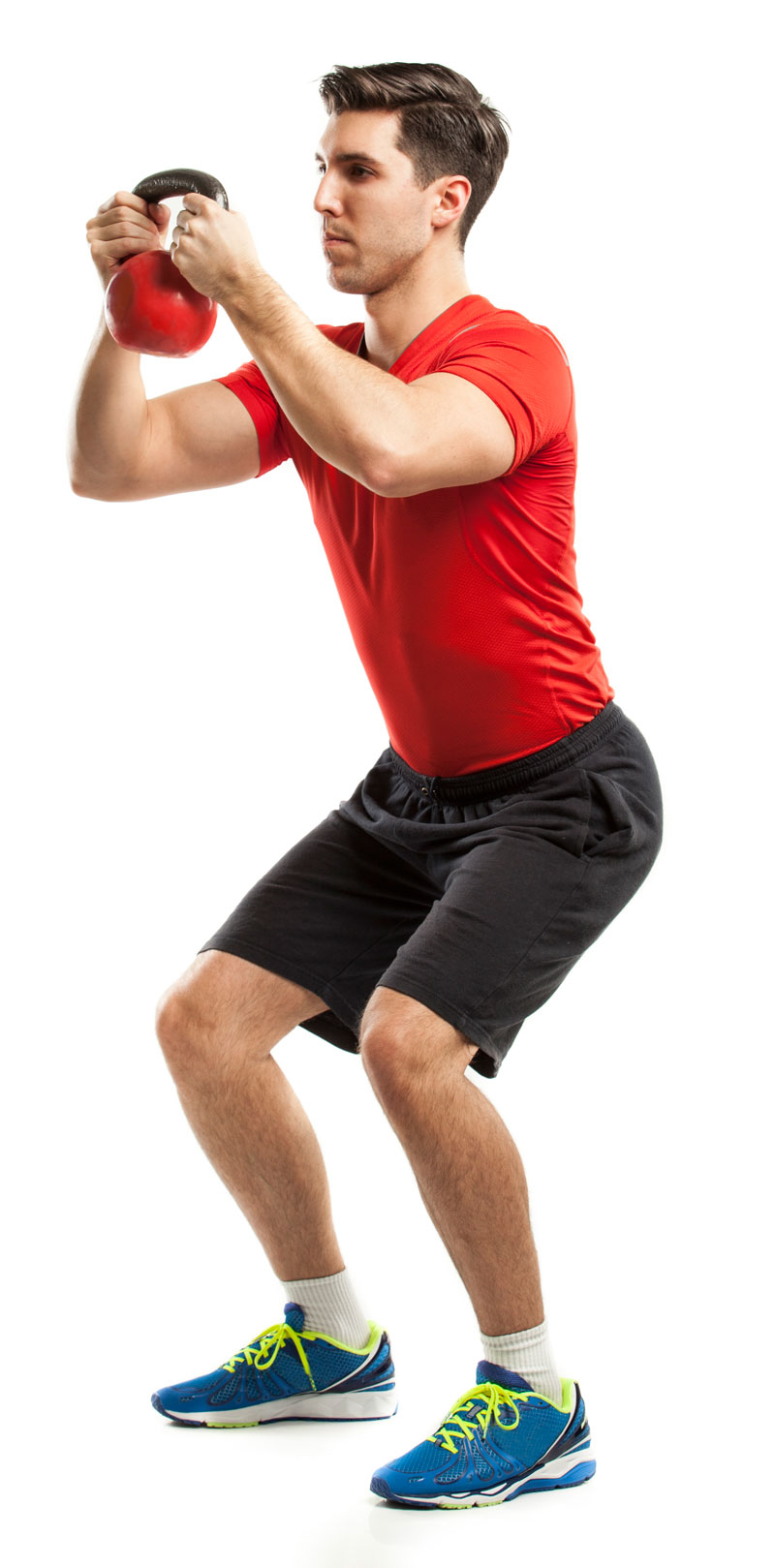 High Intensity Interval Training is not new. In fact, the earliest known instance of HIIT occurred in the 1970s, when British athletics coach Peter Coe started setting sessions for his son, world-famous track and field athlete Sebastian Coe.
High Intensity Interval Training is not new. In fact, the earliest known instance of HIIT occurred in the 1970s, when British athletics coach Peter Coe started setting sessions for his son, world-famous track and field athlete Sebastian Coe.
The so-called “Peter Coe Regimen” of HIIT involved numerous sessions of 200 meter sprints separated by 30 seconds of recovery time between each run.
So did it work? Well, Sebastian Coe went on to win a total of four Olympic medals, including two golds and two silvers.
Other HIIT routines include the Tabata regimen, which was designed to increase the anaerobic capacity of Olympic speed skaters. During the Tabata regimen, athletes would exercise at an intensity of 170% of their VO2max for 20 seconds, then rest for 10 seconds, and repeat that cycle for 4 minutes.
 There’s also the Gibala regimen, developed by Canadian professor Martin Gibala. Gibala’s regimen is relatively new, and the results were only published in 2009.
There’s also the Gibala regimen, developed by Canadian professor Martin Gibala. Gibala’s regimen is relatively new, and the results were only published in 2009.
In that 2009 study, students performed 3 minutes of warmup activities, then 60 seconds of intense exercise (95% of VO2max), then 75 seconds of rest. Students did this for 8 to 12 cycles. Gibala concluded by stating that “a practical low-volume HIT programme is effective for improving muscle metabolic capacity and functional performance.”
Finally, we have the 1rtl.,, developed by a systems biology professor named Jamie Timmons. The Timmons regimen was shown to significantly improve insulin sensitivity and have other beneficial physiological effects.
With the Timmons regimen, you use an exercise bike for 2 minutes of low-intensity pedaling, then cycle for 20 seconds with bursts of maximum effort. This continues for a total of 21 minutes (or 3 total minutes of maximum intensity exercise). As far as 21 minute workouts go, it may be one of the best workouts on the planet.
Of course, you don’t have to follow any of these regimens. In fact, most HIIT practitioners don’t follow any specific regimen. They pick an exercise that works for them, then practice that exercise in brief bursts of high intensity.
What Are the Benefits Of HIIT?
 HIIT has been extensively studied over the years. So unlike certain fad diets or new exercise routines, we know a surprising amount of information about the health benefits – and timesaving benefits – of HIIT.
HIIT has been extensively studied over the years. So unlike certain fad diets or new exercise routines, we know a surprising amount of information about the health benefits – and timesaving benefits – of HIIT.
Here are some of the benefits we know about HIIT:
It’s Efficient
Who has time to spend 1.5 hours at the gym? Well, if you’re honest with yourself, you probably have enough time. But most of us want to maximize the amount of time we spend at the gym, then get home and relax. This may be the number one reason why HIIT is so popular: even a 15 or 20 minute workout can have amazing health benefits.
The average length of an HIIT workout is 30 minutes, and the longest HIIT workouts typically don’t last more than 40 minutes.
You Burn More Fat
Fat burning is another one of the most popular benefits of HIIT. HIIT workouts are thought to burn more fat than a typical “steady-pace” workout. This is because your body’s natural repair processes get pushed into overdrive. After a steady-pace workout, your body uses fat storage to repair damaged muscle tissues.
However, during HIIT, your body is constantly repairing itself, which ultimately pushes fat burning to another level.
Better Cardiovascular Health
HIIT has been shown to be particularly beneficial for your heart health. This is surprising for many people, because HIIT typically involves pushing into the “anaerobic zone”, which is where your heart feels like it’s going to explode out of your chest. However, this type of extreme training may actually be good for your health.
In one 2006 study, cyclists who practiced High Intensity Interval Training for 8 weeks could bike twice as long at the same pace as they could before they started HIIT.
You Don’t Need Equipment Or A Gym Membership
One of the best parts about HIIT is that you don’t need much in order to do it. Obviously, there are dozens of different types of HIIT workouts available, and some do require equipment. But if you’re in a pinch and the only thing around you is an empty park bench, you can do HIIT.
Biking, rowing, jump roping, and running are all popular types of HIIT, although some people enhance their workouts using dumbbells and other weights.
Lose Weight While Building Muscle
Some bodybuilders avoid excessive cardio because at a certain point, your body starts burning muscle instead of fat. That’s thought to be true only for steady state cardio. With HIIT, dieters can perform intense exercises which burn fat without sacrificing muscle mass.
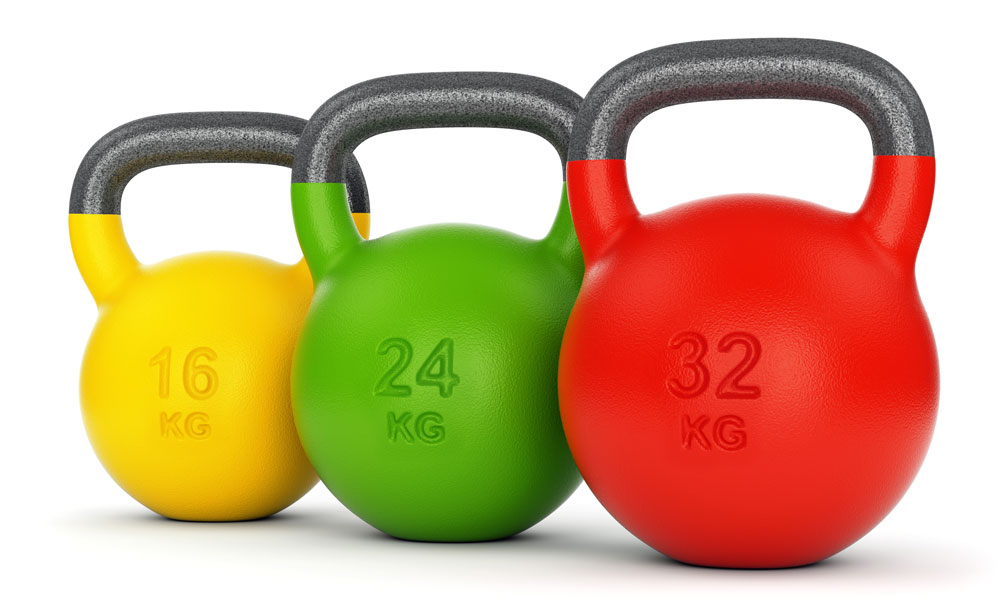 Boost Your Metabolism
Boost Your Metabolism
You don’t have to be a dietician to know that the secret to long-term weight loss is to boost your metabolism. Boosting your metabolism increases your body’s ability to digest and process foods and turn those foods into useful energy. A higher metabolism is why that skinny fit girl can eat a gigantic burger once a week and not gain weight, while others see it go right to their thighs.
High Intensity Interval Training stimulates Human Growth Hormone (HGH) production by as much as 450%. Even more amazing – this effect lasts as long as 24 hours. HGH is responsible for increased caloric burn as well as a slower aging process.
It’s A Challenge
Are you one of those people who sits on the cardio machines and looks at Twitter on your phone for half your workout? HIIT may not be right for you. HIIT is challenging and requires high levels of focus and concentration. This isn’t a workout you can do while talking to your friends or texting on your phone.
This challenge is one reason why HIIT is so popular – especially for people who find themselves “bored” by cardio training.
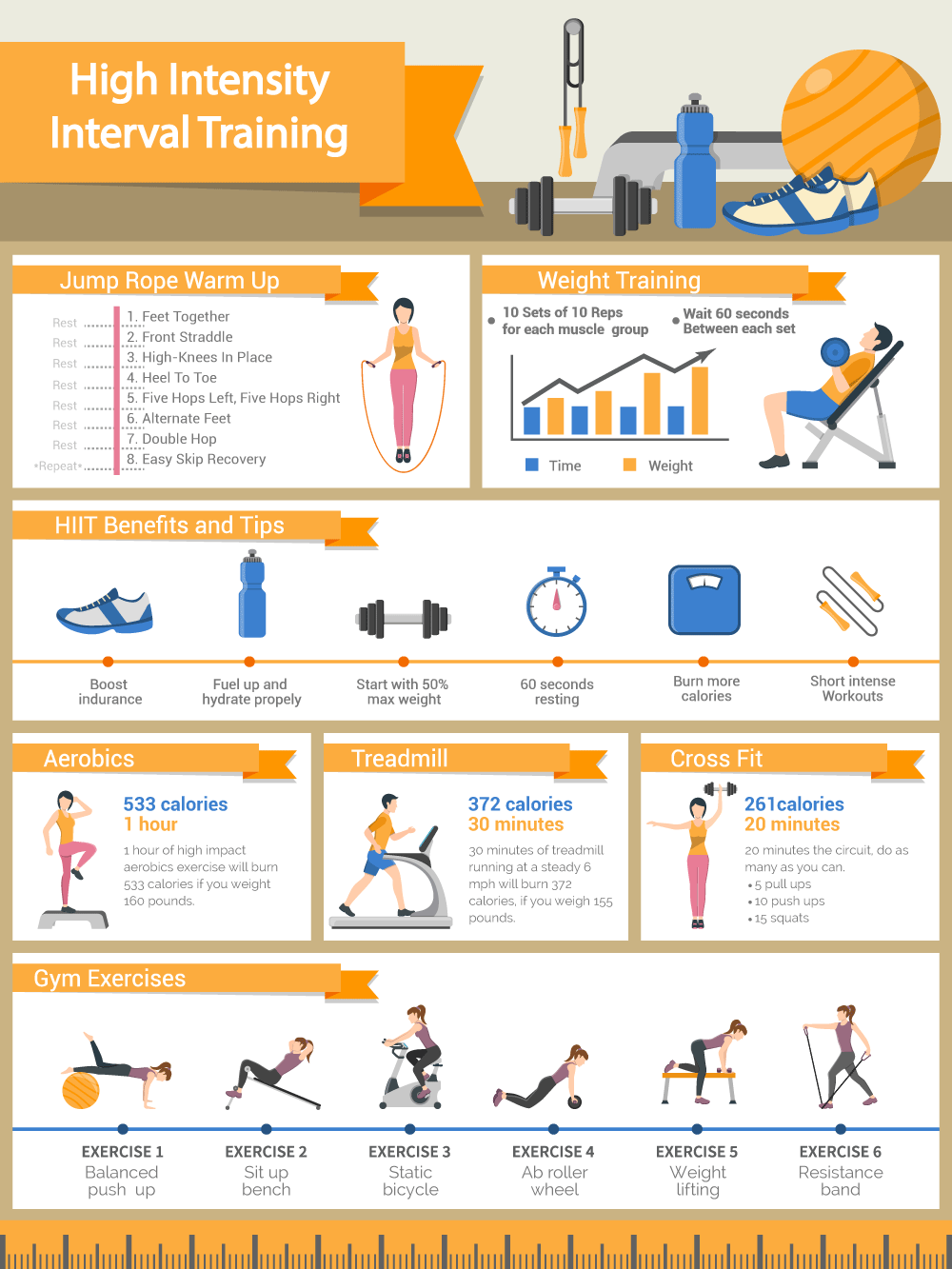
The Top 10 Most Popular HIIT Exercises
There are all sorts of different High Intensity Interval Training workouts you can do. Before starting any of these workouts, start with a quick warmup involving lunges, toe touches, side lunges, butt kicks, high knees, arm circles, trunk twists, and side bends. Done that? You’re ready to begin.
Sprint Training
Walk for 30 seconds, then sprint for 30 seconds. Repeat 7 more times for an 8 minute total workout.
Advanced Sprint Training
Jog for 30 seconds, then sprint for 30 seconds. Repeat 11 more times for a 12 minute total workout.
Volume 100
Perform 10 sets of 10 reps using a machine or dumbbells. Repeat for each muscle group. Start with 50% of your 10-rep maximum weight and wait 60 seconds between each set. As you grow stronger, you can increase your weight and reduce the rest period between sets.
Cardio Blast
Warm up on the treadmill by power walking at a speed of 3 or 3.5 for 7 minutes. Keep your elbows up above your heart. After 7 minutes, get off the treadmill and stretch. Then, reduce the incline down to 0 and increase the treadmill speed to a point where you’re sprinting. Do this for 30 seconds and try to reach 90% of your maximum heart rate. During recovery, reduce your speed to 3 and walk for 60 seconds. Then, do one set of 15-20 squats, jumping from a squatting position into the air. Next, do 15-20 overhead presses with dumbbells.
Then get back on the treadmill and sprint for 30 seconds with no incline, trying to reach 80% of your maximum heart rate. Decrease your speed to 3 and walk for 60 seconds. Do one set of 15-20 triceps extensions off the treadmill. Next, do a set of 15 pushups, then sprint for 60 seconds back on the treadmill, aiming for 70% of your maximum heart rate. Recover by jogging for 90 seconds. Finally, do one set of 15-20 jumping jacks. For the grand finale, walk at a speed of 3 on the treadmill for 30 seconds at a steep incline, aiming for 60% of your maximum heart rate. Recover by walking for 60 seconds at an incline of 1, and then you’re done. Whew. Now that’s a good workout.
The CrossFit Workout
Warm up for 10 to 12 minutes using the cardio machine of your choice, aiming to achieve 75% of your maximum heart rate by the time you finish. Next, perform at your maximum effort on that cardio machine for 30 seconds. Then, stop and recover for 90 seconds. Repeat this 3 more times. Then, do 10 squats, 10 pushups, and 10 full sit-ups in sequential order as fast as you can, aiming for 9 reps each. Then, do 8 of each, 7 of each, 6, etc. until you reach 1. Try to improve your time every week.
100 Burpees
Begin in a squat position with your hands on the floor in front of you. Then, kick back your feet as if you were about to do a pushup, move back to the squat position, then jump from the squat position into the air, directly above you. Repeat this 100 times. For some, 100 might be too hard starting out. If that’s the case, start with 25 and move onto 50, then 75, then 100.
Swimming HIIT
Start with two 500-yard freestyle swims with intervals of 6.5 minutes. The faster you finish, the more time you’ll have to rest. To recover, swim at an easy pace for 2 minutes. Then, follow that with two 400-yard freestyle swims on a 5.5 minute interval, with another 2 minute recovery swim afterwards. Finish with two 300 yard swims with 4.5 minute intervals.
Advanced Swimming HIIT
First, do 20 freestyle lengths of 25 yards each, resting 5 seconds between lengths. Then, recover with an easy-paced 100 yard swim of your choice. Next, do 16 25-yard swims of your choice with 10 seconds of rest between each length, followed by another 100 yard easy-paced recovery period. After that, do 12 25-yard freestyle lengths with 15 seconds of rest between each length. Recover with another easy-paced 100 yard swim. Finally, end with 8 25-yard freestyle lengths, taking 20 seconds to rest between each length. You’re done!

Cycle HIIT
Start with a 3 minute warmup, aiming for 65% of your maximum heart rate as you finish. Then, cycle as fast as you can for 20 seconds, then recover for 10 seconds. Repeat this 8 times, then perform a 3 minute cool down at an easy pace.
Advanced Cycle HIIT
Start with a 3 minute warmup, aiming for 65% of your maximum heart rate as you finish. Then, increase your RPM to 110. Bump the resistance up one notch every 30 seconds until you can no longer maintain 110RPM. Once you’ve hit that point, rest for 3 minutes and repeat 3 more times. Finally, cool down for 3 minutes at a comfortable pace.
Who Would Benefit Most From HIIT?
High Intensity Interval Training is typically recommended for those who are not satisfied with the results of their current workout routine. Of course, that covers almost everyone who goes to the gym. So here are some specific groups of people who would benefit from HIIT:
- Athletes Who Require Explosive Intervals Of Maximum Effort, Like Football Players Or Hockey Players
- Weight Lifters And Bodybuilders Who Want To Burn Fat While Maintaining Muscle Mass
- Any Athlete That Would Benefit From Increasing Their Maximum Oxygen Uptake Or Endurance
- Anyone Who Gets Bored During Long, Boring Cardio Sessions
- Someone Who Isn’t Satisfied With Their Current Fat Loss Progress
- Someone Who Wants To Activate Subcutaneous Fat And See Visible Weight Loss Results

Of course, High Intensity Interval Training is great for just about anyone: you can boost your cardiovascular health, increase athletic performance, and enjoy a better challenge at the gym every day. What’s not to like?
However, it’s important to note that if you have diabetes, pre-existing heart conditions, or respiratory problems, then High Intensity Interval Training could be dangerous or extremely difficult. Talk to your physician before attempting High Intensity Interval Training.
Is High Intensity Interval Training Right For You?
High Intensity Interval Training comes with many powerful benefits. This has made it popular among men and women with all different fitness goals. Some bodybuilders like HIIT because they can lose fat without losing muscle, for example, and they can complete a HIIT cardio routine in just 20 minutes less.
Others like HIIT because they can do it anywhere – like running in the park or jumping up and down. No gym membership or equipment is required.
In any case, High Intensity Interval Training is backed up by some real scientific benefits and is thought to be one of the best ways to boost metabolism, burn fat, and ultimately, achieve the body you’ve always wanted. Thanks to High Intensity Interval Training, your fitness goals may be more achievable than ever before.







